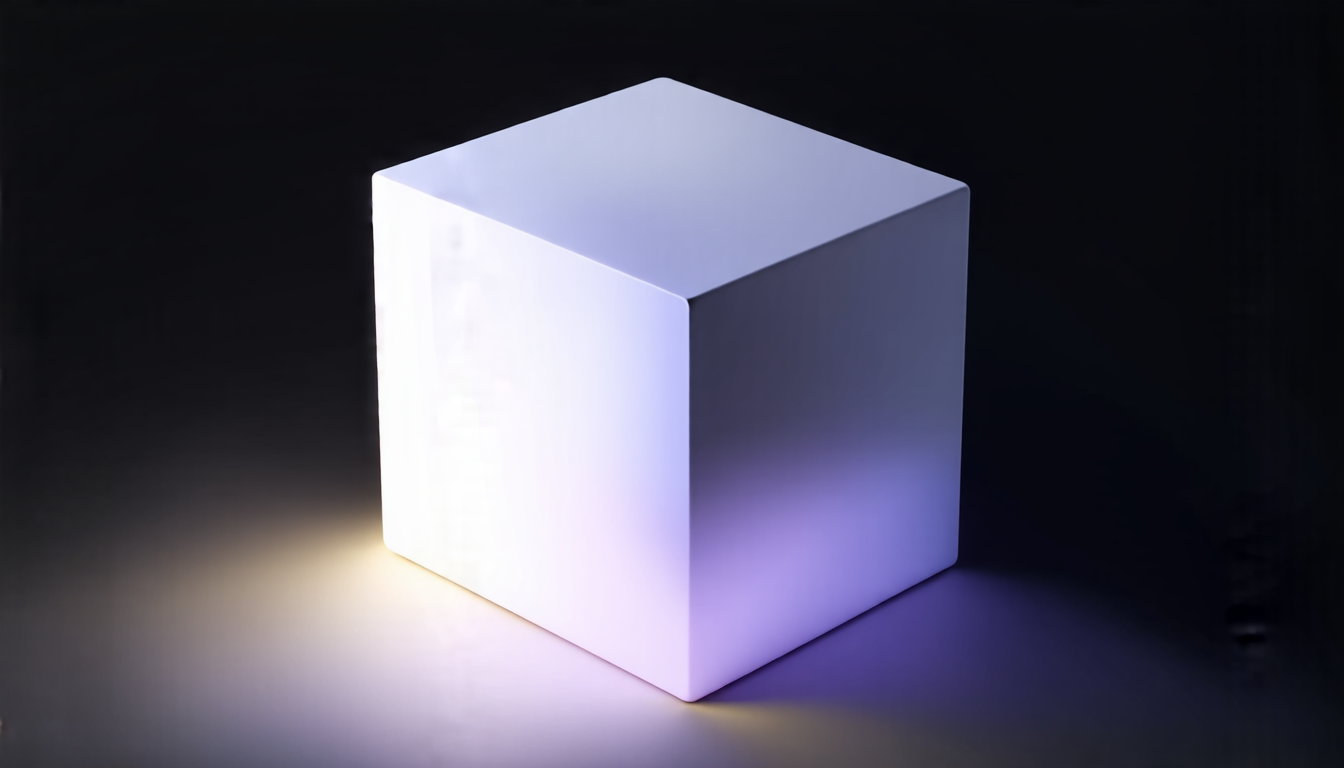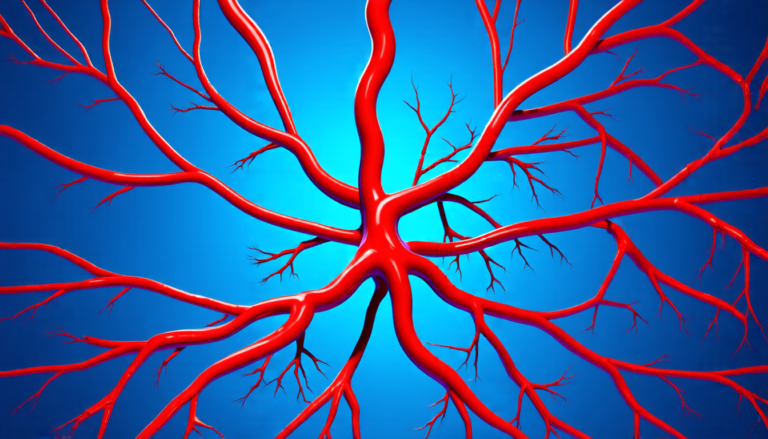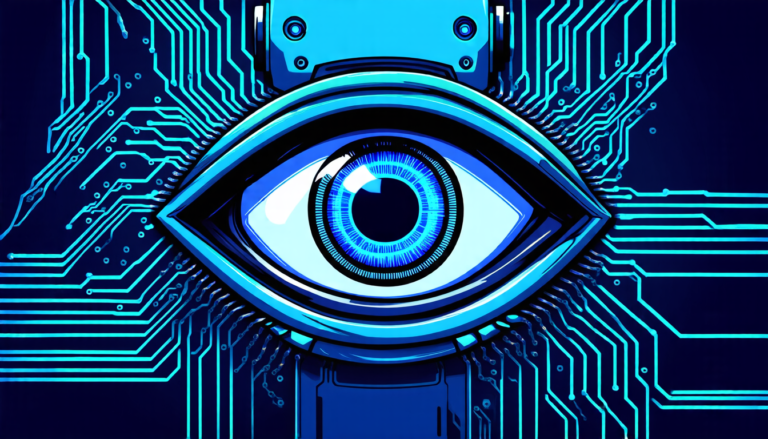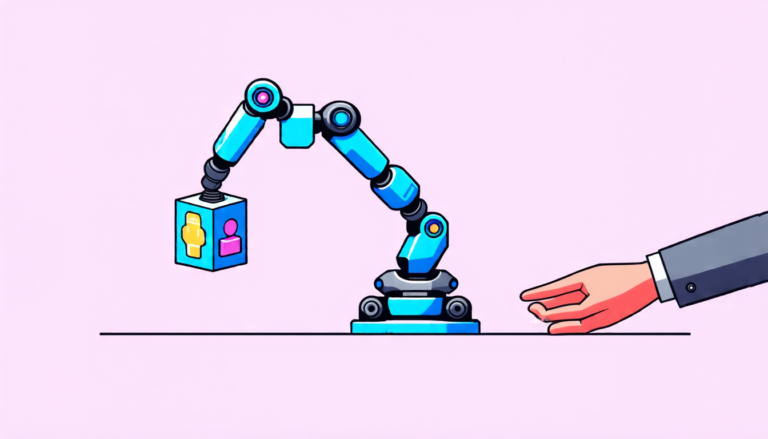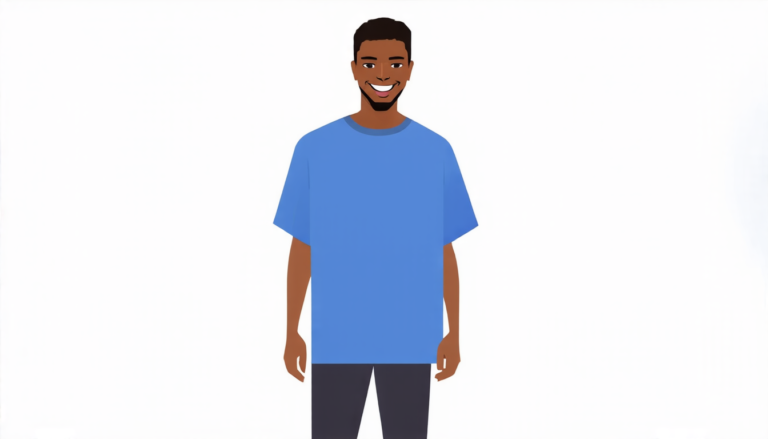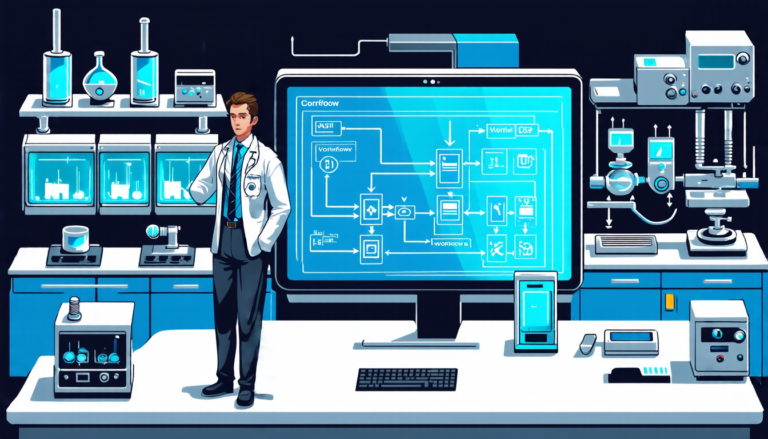Sunday 20 July 2025
The world of computer vision and machine learning has taken a significant leap forward with the development of a new framework that can generate novel views of 3D scenes using just a few reference images. This innovative approach, known as MoAI (short for Cross-Modal Attention Instillation), has the potential to revolutionize the way we interact with and understand our environment.
The problem that MoAI seeks to solve is one that has long plagued researchers in the field: how to generate new views of a 3D scene when all you have are a few images taken from different angles. This is a challenging task because it requires not only understanding the underlying geometry of the scene, but also the relationships between different objects and surfaces.
MoAI achieves this by using a combination of two key techniques: diffusion-based image synthesis and cross-modal attention instillation. The first technique involves generating novel views of an image by iteratively refining the output through a process called diffusion. This is done by applying a series of transformations to the input image, gradually changing its appearance until it matches the desired view.
The second technique, cross-modal attention instillation, is where MoAI really shines. By analyzing the attention maps generated during the diffusion process, MoAI can identify which parts of the scene are most important for generating novel views and focus on those areas. This ensures that the resulting images are not only visually realistic but also accurately capture the underlying geometry of the scene.
To test the capabilities of MoAI, researchers used a dataset of 3D scenes with varying levels of complexity, from simple objects like cubes to more complex environments like city streets. They found that MoAI was able to generate novel views that were highly accurate and visually realistic, even in cases where the reference images were limited or noisy.
One of the most impressive demonstrations of MoAI’s capabilities is its ability to generate novel views of scenes that are partially occluded or have changing lighting conditions. In these situations, traditional methods often struggle to produce accurate results, but MoAI is able to adapt and adjust its output accordingly.
The potential applications of MoAI are vast and varied. For example, it could be used in virtual reality and augmented reality systems to generate realistic environments for users to interact with. It could also be used in autonomous vehicles to help them understand their surroundings and make more informed decisions.
Overall, MoAI represents a significant step forward in the field of computer vision and machine learning, and its potential applications are truly exciting.
Cite this article: “MoAI: A Revolutionary Framework for Generating Novel Views of 3D Scenes”, The Science Archive, 2025.
Computer Vision, Machine Learning, 3D Scenes, Novel Views, Image Synthesis, Diffusion Process, Attention Maps, Cross-Modal Attention, Occluded Scenes, Lighting Conditions

